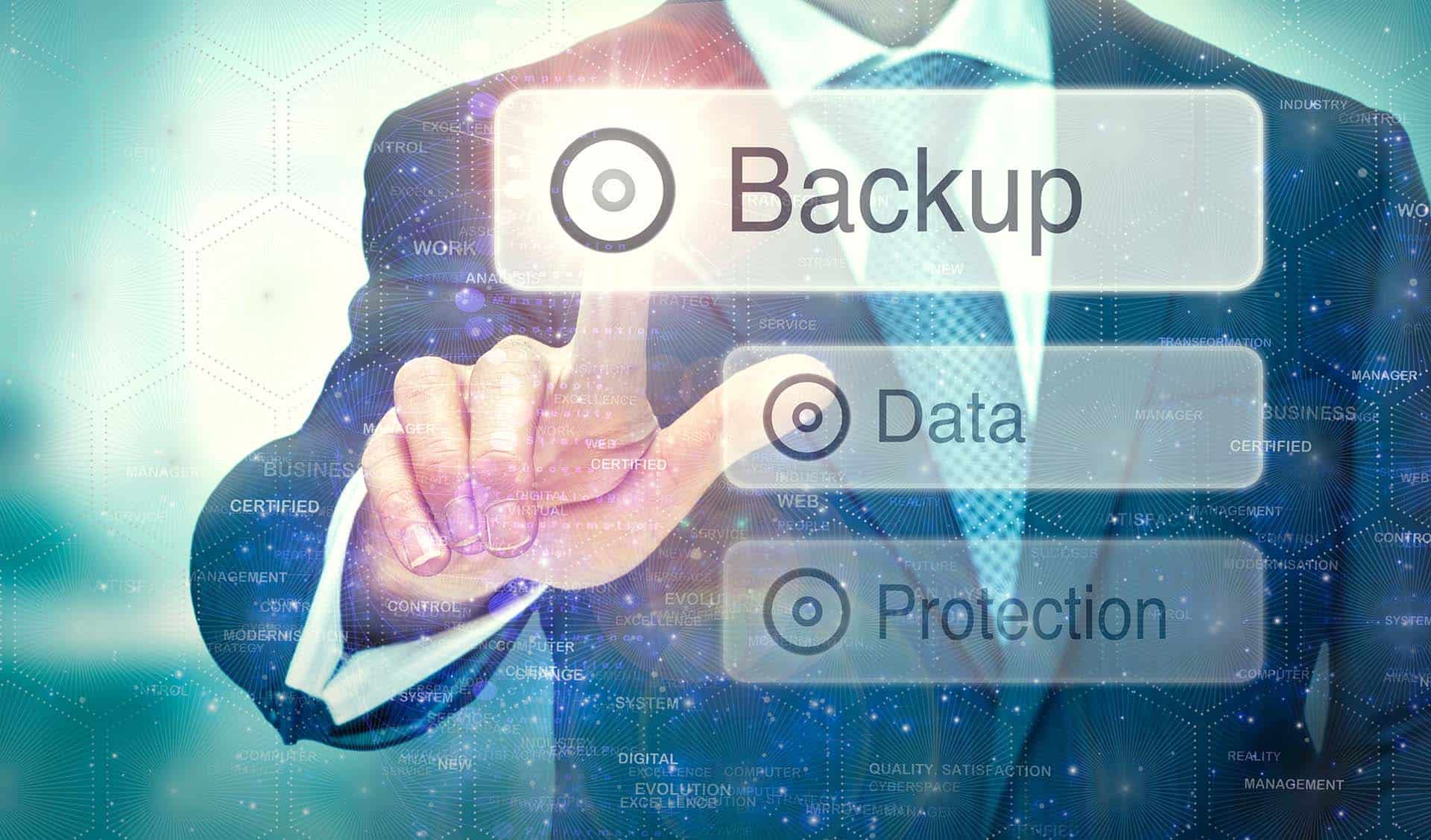On average, people spend 3 to 5 hours a day on their smartphones and mobile devices, and can we blame them? Today’s smartphones give users almost everything they could possibly need, technologically, in the palm of their hand.
Many business owners are concerned with mobile device management because they don’t want employees wasting time at work, but is this truly what’s best for your business’s productivity? Today, we’ll establish what smartphones are most commonly used for and how to use mobile devices to your business’s advantage.
What Does the Average Smartphone Usage Look Like?
Everyone and their mother has a smartphone nowadays and, with all their capabilities, you may be surprised to discover that many people use their smartphones for the same basic functions, like texting and email. Let’s take a look at the top 10 most popular things people use their smartphones for and discuss what that could mean for your business.
- Texting – 88%
- Email – 70%
- Social Media – 68%
- Camera – 61%
- News – 58%
- Shopping – 56%
- Weather – 54%
- Banking – 45%
- Watching Video Content – 42%
- Gaming – 41%
Can you identify the one thing omitted from this list?
That’s right: making phone calls. The study this data was taken from showed that only 35% of smartphone users actually make calls with their mobile devices. A quarter of respondents hadn’t made or received a call in a calendar week, and 33% of respondents said they would ignore a call that they weren’t expecting.
How Can You Use this Information for your Business’s Mobile Productivity?
As we mentioned, smartphones can do so much nowadays that it’s easy to misuse them, or not use them in ways that benefit your business the most. Here are some points to take into consideration when implementing mobile device management policies.
Use Smartphone Usage to your Advantage in Sales and Marketing
If you’re having marketing or sales employees make hundreds of phone calls a day, you’re probably wasting their time and your money. Cold calling is an extremely outdated strategy as studies have shown, that most clients don’t answer unknown callers anyway. Try gearing your marketing and sales efforts towards smartphone features that your target audience actually uses like email, social media, and video content.
Increase Productivity by Implementing Employee Smartphones
According to several studies on work–smartphone correlation, nearly all businesses that allow employee devices, whether they are provided by the organization or through a Bring Your Own Device (BYOD) policy, see a 20% increase in overall profitability. And, as we all know, increased profitability means there’s been an increase in productivity.
Rethink your Mobile Device Management Plan for the Office
Since people are so tied to their phones nowadays, it can cause contention when they’re told not to use them. Removing mobile device privileges at work makes employees feel belittled. While it’s understandable that you don’t want an office full of people playing Candy Crush, it’s important to trust that your employees are adults and should be capable of balancing their work duties while sending a text to a friend every now and then.
Smartphones equal happy employees, and happy employees equal more dedication to your business and less employee turnover.
Improve Customer Experience with Mobile Devices
By having company mobile devices where employees can better communicate with customers, you can greatly increase your overall customer experience and satisfaction. As we viewed in the study above on smartphone usage, many customers may prefer texting or messaging on social media with employees over more traditional methods like phone calls and emails. By having these options available, you’ll be able to gain more returning customers by improving their experience with your business.
A smartphone is an exceptional tool for business, despite what more traditional authoritarian office structures might want you to think. If you would like to talk to one of our experts on how to structure a mobile device management policy in your office, give us a call at (516) 536-5006




